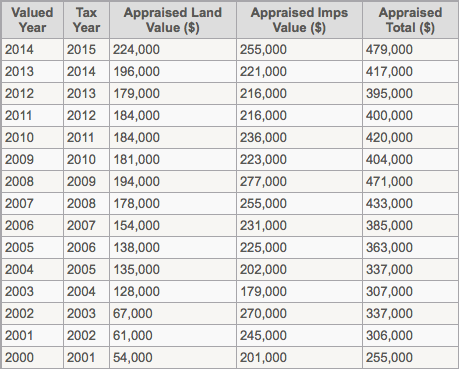
My house (circa 1935).
I’m getting my house painted in a week or so, and I’ve yet to pick out colors because A) I’m a guy; and B) I’m one of those guys who is, um, differently color-vision-abled. So I thought I’d try crowd-sourcing the decision. What colors should I paint my 1912 craftsman (currently a pale yellowish base with brownish looking trim)?
Seriously. Here’s the Benjamin Moore online color selection tool. I’m open to your suggestions.*
* (Though please don’t suggest some stupid color combination like the elementary school kids who would rip the wrappers off the crayons the minute they learned I was colorblind, and then tell me that the brown crayon was green—I’ll run my options by some actual women first just to make sure I’m not being fucked with.)



